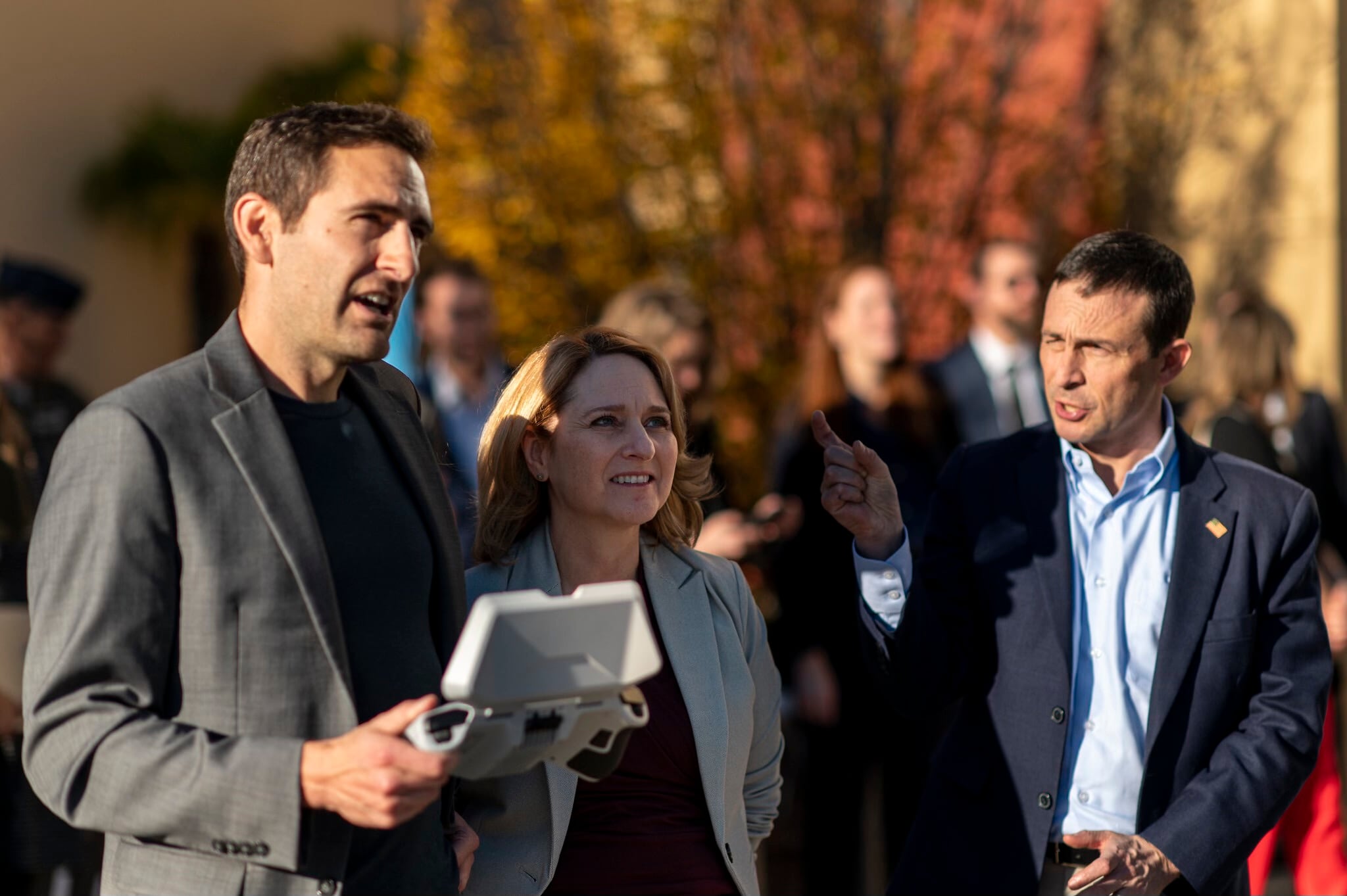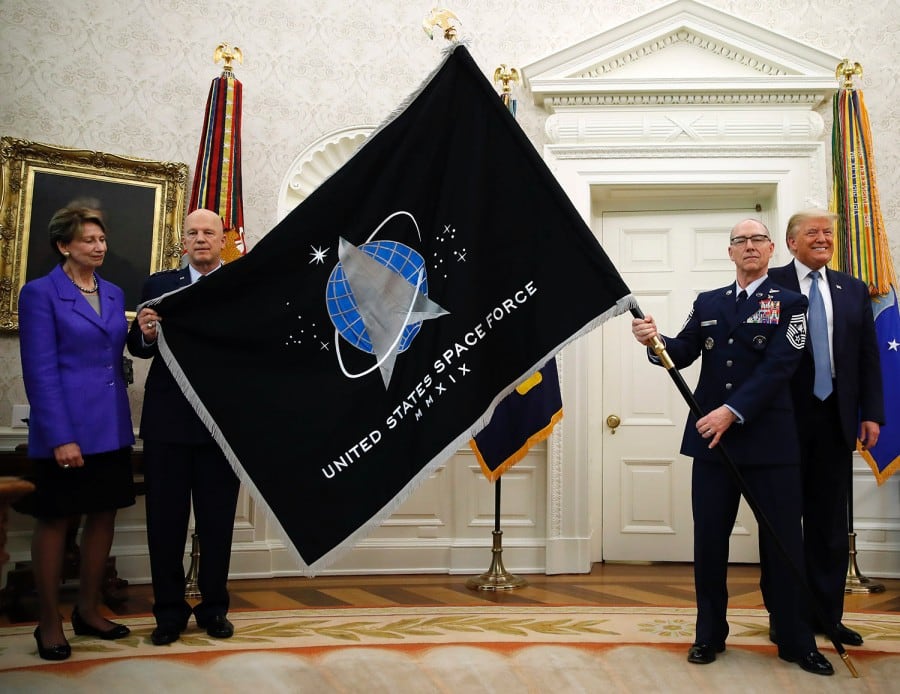A substantial amount of scholarly attention from military, law enforcement and private-sector authors has been given to nation states that use their cyber capabilities to steal business secrets for the benefits of their nation's companies. A recent Financial Times article shared a strong example of this: U.S. authorities investigated a series of cyber incidents and concluded the cyberattack that stole intellectual property from U.S. companies was part of a corporate cyber espionage program that have been traced back to the People's Liberation Army (PLA) Unit 61398. Additional information stated that the stolen information made it way to three Chinese companies that directly benefited from stolen intellectual property. For more information about theft of IP, read this IP Commission Report.
This example illustrates how the private sector is routinely operating in the gray area. Materials that had been stolen by government/military were given to a business that leveraged those materials to their benefit. The company benefited and so did the Chinese national economy. On the opposite side of the equation, consider the investment, both financially, in personnel, in research and development the U.S. companies made. Consider how the company's employees who were involved in the research and development of that IP felt when their employer would never recognize the result of their hard work and they would never be seen as the innovator contributing to that success.
Many employees routinely make sacrifices that benefit their employer. Stop for a moment and think about the times the employees had ideas about their work pop into their minds while at home with friends and family. Now consider the times when they could not sleep at night because their mind is busy working to solve the problem related to the development of this new product or service for their company. When you add all those intangibles up you get a glimpse into the true cost associated with the theft of our innovations. This is the theft of the innovator's future.






